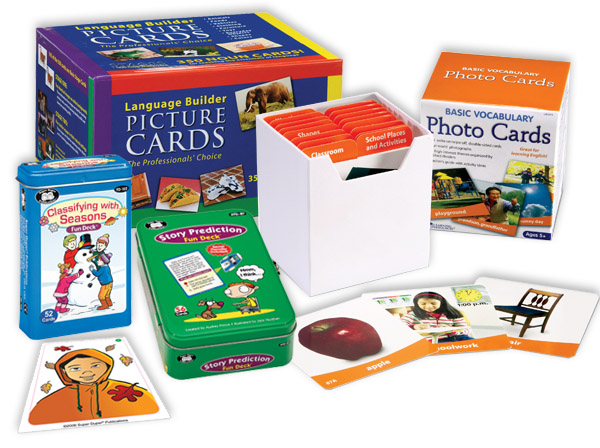
By Alicia Marshall, MAT, BCBA LBS
The transition back to school and back to a new routine is always an exciting, yet bittersweet time for students and educators. Carefree summer days are in the past, and getting back into a structured daily routine can be an overwhelming process. However, new teachers, new friends, and new settings provide the opportunity to make progress with academic, behavior, and social goals. Even while students and their families should enjoy every precious moment of summer fun, it is also important to set aside some time to prepare for the transition in the new school year.
Getting Proactive
Most school-based BCBAs can attest that the most important aspect of school consultation is assisting educators and other stakeholders to be proactive about behavior instead of reactive. This advice is especially valuable while preparing for a new school year. Teachers and families can begin to discuss and implement proactive strategies in the days prior to the first day of school.
For teachers and school based BCBAs, summer preparation days can be used to discuss simple environmental manipulations that can be made within the classroom. For instance, before students even step foot in the classroom, the teacher and other support staff can arrange seating that is limited from distraction and enhances engagement. A common suggestion from BCBAs is usually to seat students with a history of elopement behavior far away from the exit doors. Some consultants may even suggest preparing some visual supports and schedules ahead of time in order to prepare staff and students. Students thrive with structure and organization, so if the classroom has established expectations the students will find it easier to decide which behaviors lead to rewards and desired activities.
Building Rapport
Antecedent interventions do not only apply to teacher prep days. Chances are, not all students will engage in challenging behaviors on the first day of school. Hence, those first days of school are crucial because they are the opportune times for pairing. Classroom staff should prioritize gaining trust and rapport with students. This process can begin the moment the students arrive at school on the first day. Teachers and staff can begin pairing with students simply by greeting students with a smile and limiting demands. Students should be given the chance to feel happy and relaxed while adjusting to a new environment.
The more the students feel comfortable in the environment, the more likely they are to view the adults in the environment as a reinforcer, or a signal for access to preferred items and activities. When trust and rapport is established, it will also be easier for teachers and staff to engage in activities that may not be highly preferred. Of course the primary focus of the teachers should not be to place increasingly difficult demands on the students. However, establishing themselves as a person that will provide rewards and other motivators, allows the adults in the classroom to assist the students in developing pivotal behaviors that will provide access to a whole world full of reinforcing items and activities.
While students are adapting to the new enrichment, teachers and staff can use the opportunity to informally assess the students’ preferences. Enriching the enrichment with items high on the students’ preference list will not only assist in the pairing process, but can also be used as potential motivators for instances of positive reinforcement scenarios.
Embracing Collaboration
Lastly, the most important aspect of the transition back to school and adjustment to a new environment and routine is collaboration with all key stakeholders. Parents and caretakers, as well as teachers, should be involved and have input on any strategies and goals put in place. The more the students’ parents and caretakers feel involved in the decisions being made for their children, the more likely they are to carry out plans with fidelity. Also, establishing effective collaboration and communication assists with overhaul generalization of behaviors and makes the students’ support system stronger and more successful.
About the Author
Alicia Marshall, MAT, BCBA LBS, started out as a Special Education teacher and made the switch over to full-time BCBA 5 years ago. Alicia received her BCBA coursework at Rutgers and currently works as a Director of Behavioral Health in the Greater Philadelphia area. Alicia is passionate about making learning fun for all stakeholders and to encourage educators to focus on socially significant goals and compassionate care.
When Alicia is not disseminating the science of ABA, she can be found on the beaches of the Jersey Shore (and occasionally Hawaii) with her husband and two dogs.


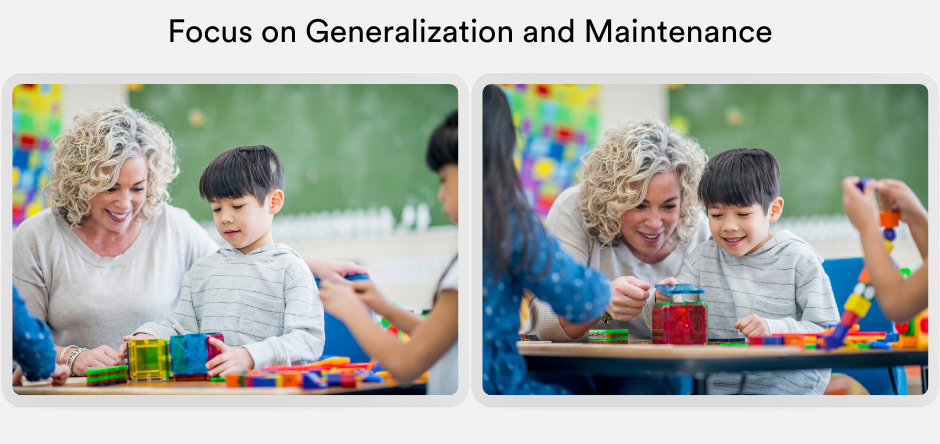

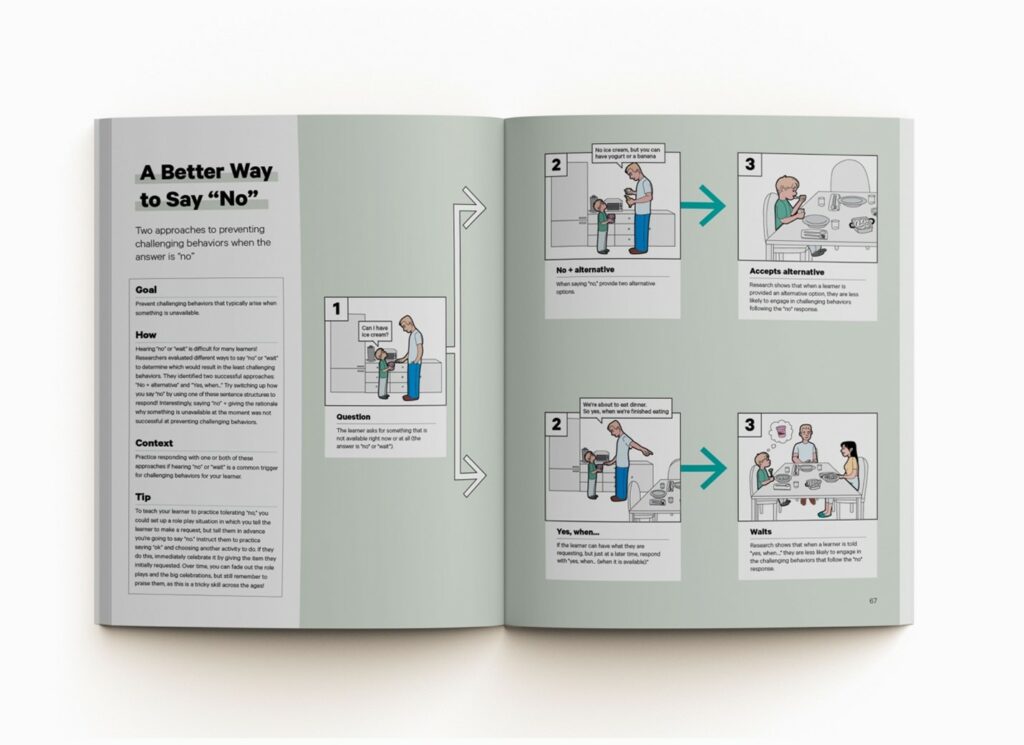

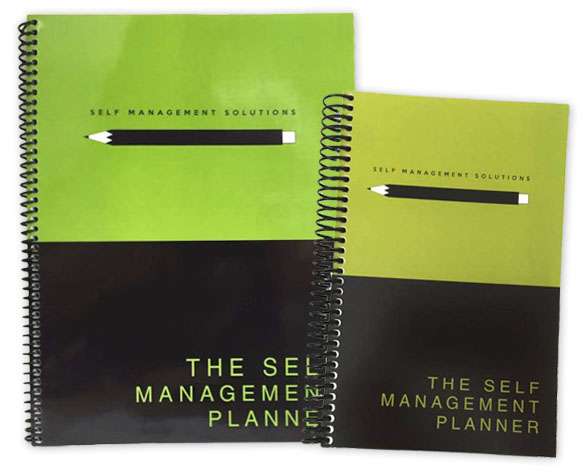

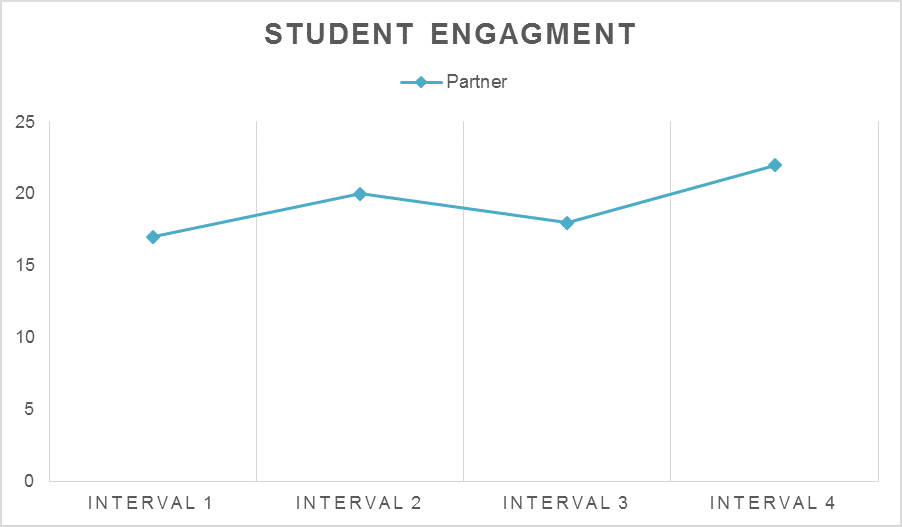
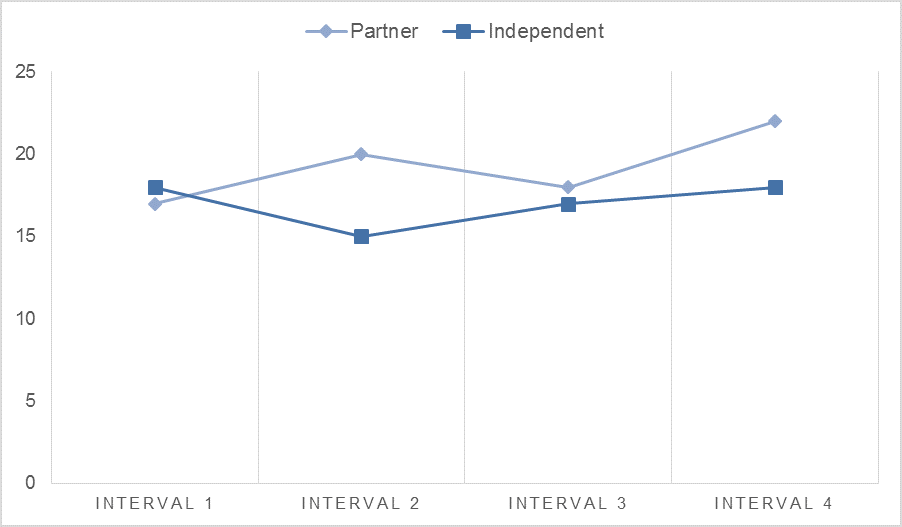
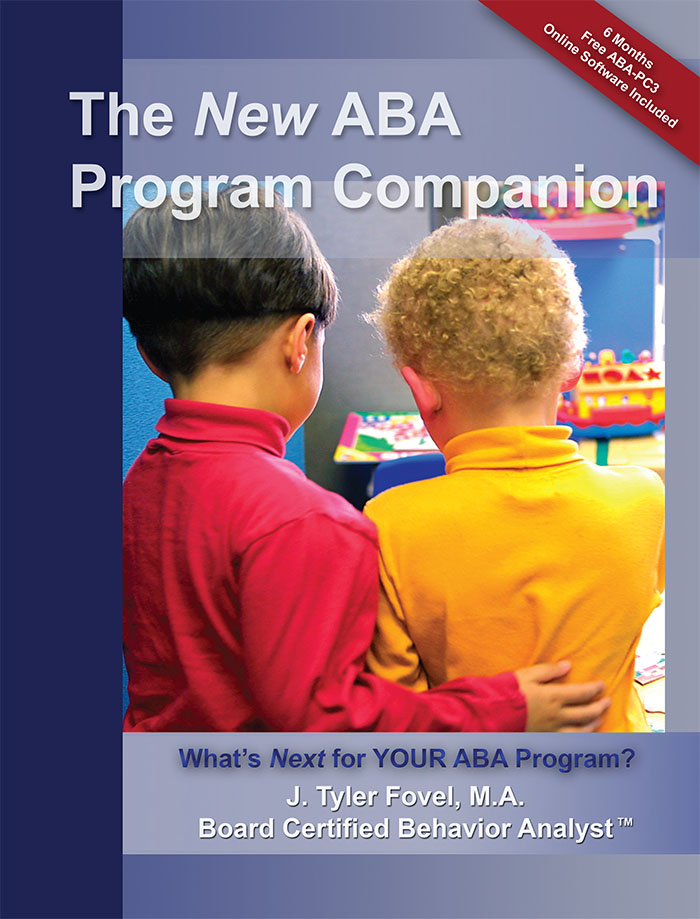 J. Tyler Fovel, MA, BCBA’s essential manual for creating professional and effective ABA programs blends clear explanations of scientifically-based concepts and methodology, clinical examples and advice, and suggested implementation strategies. This revised edition presents information on:
J. Tyler Fovel, MA, BCBA’s essential manual for creating professional and effective ABA programs blends clear explanations of scientifically-based concepts and methodology, clinical examples and advice, and suggested implementation strategies. This revised edition presents information on: